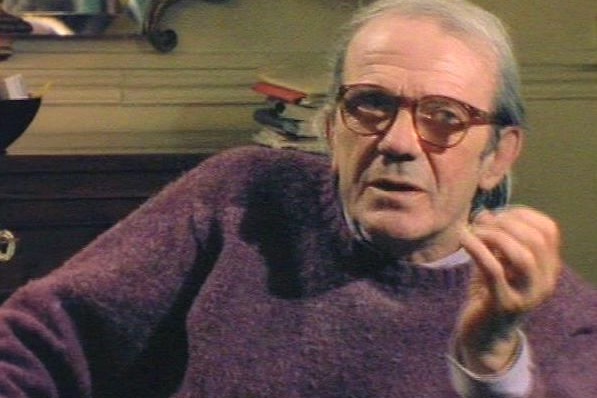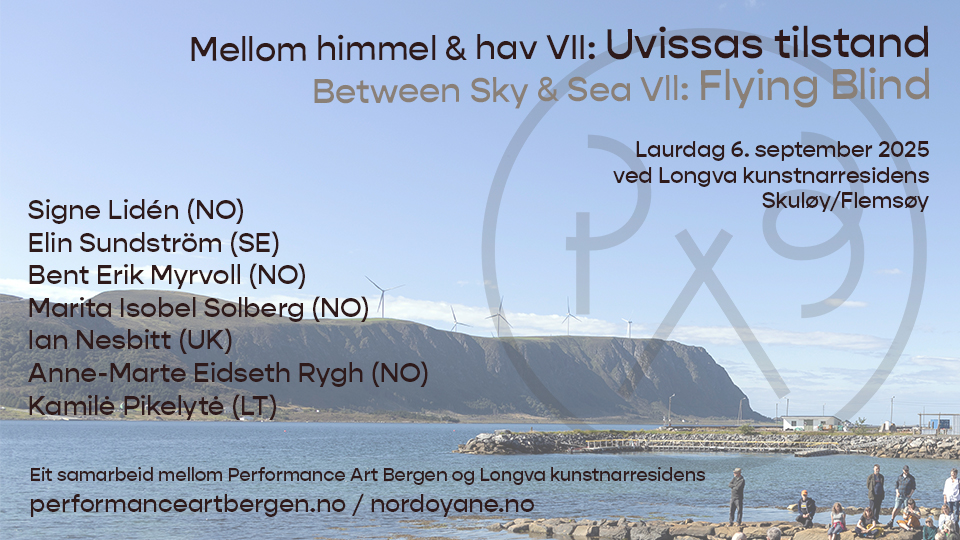
When I first saw David Hockney’s iconic painting A Bigger Splash (1967) as a young student, it felt like I was looking at the end of art history. It seemed to me that this was as far as we could get: a splash in a swimming pool on a hot afternoon. For a long time, everything that came after this elegant blend of frontality and enigma – American psycho-cynicism and carefree joie de vivre – paled in comparison.
Wandering around the Fondation Louis Vuitton’s major Hockney exhibition in Paris is like being reunited with an old friend. But it’s also a lesson in art history. The pool image that he painted during his time in Los Angeles is just the beginning of the adventure. Eleven rooms with four hundred works made over sixty years capture Hockney’s multifaceted oeuvre and take painting further than it has been in many, many years. The galleries buzz with unabashed cheerfulness; it’s about as far away as you can get from those eerie psycho vibes.

Indeed, the exhibition’s slogan, “Do remember they can’t cancel the spring,” is a perfect statement in our dark times. From the melancholic landscapes of the 87-year-old artist’s native Yorkshire to the dazzling light of California, via the rainy Normandy countryside where he settled in 2019, Hockney’s work is presented as a voyage around the world.
The exhibition begins with a sombre portrait of the artist’s father, who seems to be uncomfortable in his chair, wanting to stand up at any second. The painter was only 20 years old at the time. The colours are muted, and the brush appears to have been wielded with both tenderness and precision. A few years later, he was a world-famous artist freely flaunting his homosexuality in Californian paradises. But Hockney never stopped returning to his hometown of Bradford in Yorkshire, England to visit his parents, with whom he maintained a close relationship throughout his life.
In the same gallery, we see works from his Art Brut period in the early 1960s, but also from his decadent Pop period later in the decade, during which he offered a viable alternative to macho American Expressionism. Here, we encounter not only the famous swimming pool-picture, but also the blinding sun, friends, and lovers stretched out on beds in cool rooms, or showering, with palm leaves protruding like phalluses in the foreground. Hockney’s trademark restrained sensuality in bright acrylic colours imbues the room.


In some paintings, hyper-realism has taken over, like in the well-known Mr and Mrs Clark and Percy (1971) where a couple and a cat fill up the space with an almost sacred presence. In another masterpiece, Portrait of an Artist (Pool with Two Figures) from 1972, most of the action is below the surface, especially when you realise that the man in the pink jacket watching the swimmer is artist Peter Schlesinger, whose relationship with Hockney was coming to an end. Is he waiting for the swimming man to resurface to announce his decision? Even the everyday objects are painted as if appearing in a mysterious nouveau roman. “Living means to look at what is constantly changing before our eyes,” Hockney has said in an interview. The message seems to be that the important thing is to look at your surroundings with new eyes, no not to keep seeking out new places.
In large-scale paintings, such as Tree Tunnel, August (2005), Bigger Trees nearer Warter, Summer (2008) and Winter Timber(2009), the focus is no longer on complex human relationships, but on cheerful contemplation of nature with a shameless cocktail of French Fauvism and German Expressionism à la Karl Schmidt-Rottluff. The gestures are too grandiose for my taste, but visitors seem to love photographing themselves in front of them (probably good social media material). Is this really how Hockney wants us to experience in his work? I would have preferred an interactive room where we could repaint his paintings ourselves.

Roaming the galleries with portraits of Hockney’s friends such as artists John Baldessari and Andy Warhol, director Billy Wilder, and writer William Burroughs, is like flicking through a glamorous family photo album. There’s a bit too much name-dropping here, but I was drawn to a painting of a man in a suit standing with his legs wide apart. The image also depicts another room with people reflected in a giant mirror. We see them from both the front and the back, as if Hockney has wanted to say that only the mirror can evoke our true nature and that it is only the collective that makes this self-reflection possible.
The galleries devoted to monumental mountain landscapes feel like being on a safari in the Wild West. The vibrant colour scheme is bursting with oranges, purples, greens, reds, and blues. But the perspectives are Cubist. The vantage points are broken down in favour of a multiplicity of views. We no longer see the painting as a window on the world, but find ourselves, through an inverted central perspective, at the centre of the image. At the end of the exhibition, Hockney takes this logic to its absolute extreme, but I will come back to that.

In another gallery, we encounter Hockney’s almost Disney-inspired period from the last twenty years, in which influences from both Vincent van Gogh and Edvard Munch are evident. Abrupt perspectives, stylised nature, and euphoric colour symphonies abound. In one room, colourful landscapes, mostly from Yorkshire, look like they were painted by a Barbapapa on speed. Most of these works are produced on a digital tablet, demonstrating Hockney’s ability to move with the times, even ahead of them, with an unfailing capacity for innovation.
He also manages to take on art history in new ways. In one room, reinterpretations of Fra Angelico, Claude Lorrain, William Hogarth, Edvard Munch, Paul Cézanne, Pablo Picasso, and William Blake are on display, full of both reverent and humorous details. Hockney does not adopt a mimetic, submissive relationship with his colleagues, or a competitive rivalry. The models seem to have served as interlocutors of sorts, reinterpreted through new eyes. One painting depicts Jesus giving a mountain sermon on a rock that looks like a giant marshmallow. Satire or a solemn bow to the mysteries of the Gospel?

In the last room, Hockney offers up a Gesamtkunstwerk in the shape of an immersive installation in which viewers can experience his opera set designs, from Mozart’s light-hearted Magic Flute to Wagner’s bombastic Tristan and Isolde. I lay down on a big cushion and took it all in. We are not just ‘in the image’, but in the artist’s absolute matrix. The distinctions between reality and illusion, quiet contemplation and loud celebration, have been cancelled once and for all.
The exhibition is exhilarating, and I can’t remember when I last saw such an uninhibited celebration of the bright side of life. At a time when apocalyptic thinking is everywhere – and rightly so, given the increasingly dark times we live in – Hockney’s art appears as both a breath of fresh air and a reboot of an often overly linear view of art history.






























